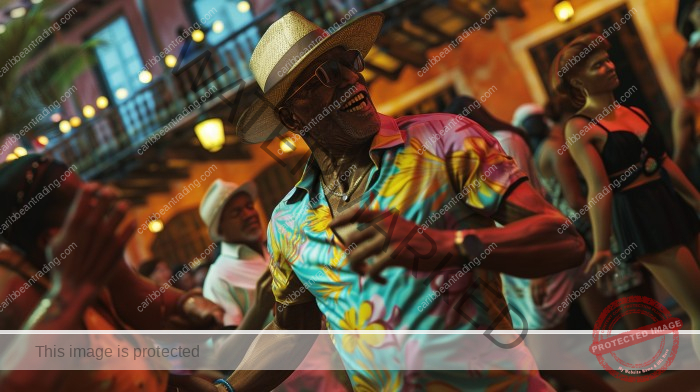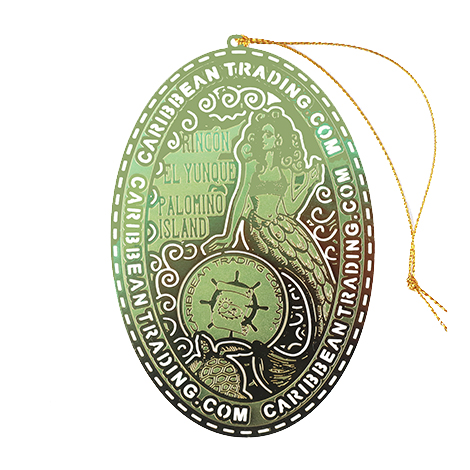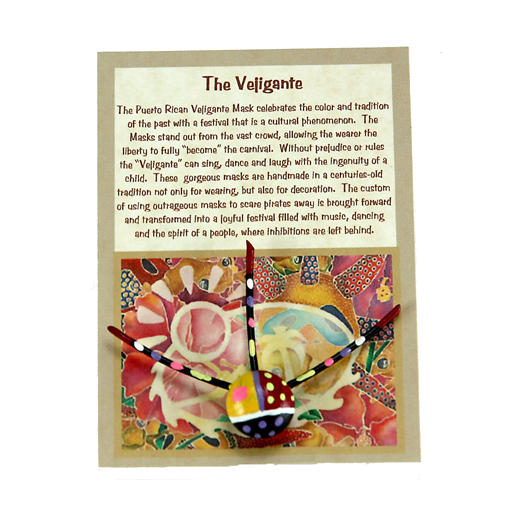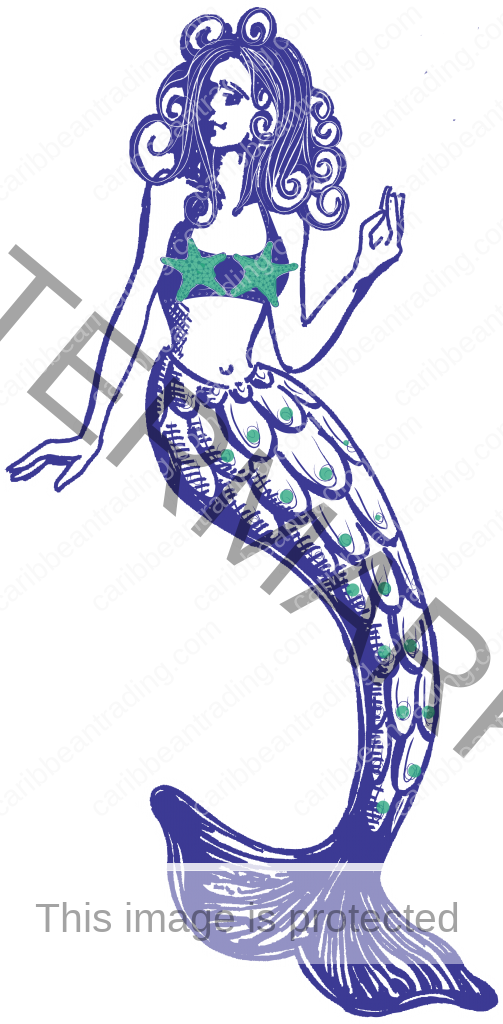Entertainment in the Caribbean
How Caribbean Dance Has Influenced Global Trends
Caribbean dance is a vibrant and diverse form of cultural expression rooted in the history, traditions, and rhythms of the Caribbean islands. Born from a blend of African, Indigenous, and European influences, Caribbean dance has evolved into a powerful medium of storytelling, celebration, and resistance. Over the years, this regional art form has made a significant mark on the global stage, inspiring dance trends, music videos, and even fitness routines across the world.
Historical Roots of Caribbean Dance
The origins of Caribbean dance date back to the transatlantic slave trade, when enslaved Africans brought their traditions and music to the islands. These traditions merged with the customs of Indigenous peoples and European settlers, creating unique dance forms that reflected the complex cultural landscape of the Caribbean. Ritual dances, celebratory movements, and resistance-themed performances all played roles in the evolution of Caribbean dance. Key styles such as Calypso, Mento, and Quadrille laid the foundation for more modern forms.
The Role of Music in Caribbean Dance
Music is the heartbeat of Caribbean dance. From the steelpan sounds of Trinidad and Tobago to the reggae rhythms of Jamaica, each island boasts a distinctive musical identity that shapes its dance culture. Soca, dancehall, reggae, reggaetón, zouk, and merengue are just a few of the musical genres that have inspired corresponding dance forms. These rhythms not only provide the tempo and energy for movement but also help transmit stories of love, freedom, and cultural pride.
Dancehall: Jamaica’s Global Gift
One of the most influential Caribbean dance styles is dancehall, which originated in the late 1970s in Jamaica. Born from reggae and sound system culture, dancehall brought a new kind of energy and attitude to both music and dance. Characterized by powerful hip movements, isolations, and expressive poses, dancehall has grown far beyond the streets of Kingston. Its steps—such as the “Dutty Wine,” “Pon Di River,” and “Gully Creepa”—have been showcased in music videos by global artists and even taught in dance studios from Tokyo to New York.
Soca and Carnival Movements
Soca music and its associated dances are central to Caribbean Carnival celebrations. Originating in Trinidad and Tobago, soca dance is joyful, high-energy, and rooted in community participation. Movements like wining (a circular hip motion) and jumping in rhythm are standard at Carnival events and have become iconic symbols of Caribbean identity. Soca has influenced international festivals, fitness trends like Carnival-inspired dance workouts, and choreography in popular music.
Reggaetón and Latin Urban Dance
Reggaetón, though developed in Puerto Rico, has strong Caribbean roots influenced by dancehall, bomba, and plena. The perreo style of dancing, often performed in pairs, has been both celebrated and controversial due to its sensual nature. Nonetheless, it has become a global phenomenon, featured prominently in clubs, concerts, and viral dance challenges. Reggaetón artists like Daddy Yankee, Bad Bunny, and J Balvin have brought Caribbean-flavored moves to mainstream audiences worldwide. If you ever visit Puerto Rico, many hotels and resorts offer shows with reggaetón you can enjoy: they’re really fun! You can also enjoy this music while relaxing in your room, playing some slots with an online casino or drinking a cocktail at the bar!
The Impact of Afro-Caribbean Dance
Afro-Caribbean dance refers to styles deeply connected to African traditions, including religious and ceremonial dances from Haiti, Cuba, and the Dominican Republic. Dances like the Haitian Yanvalou, Cuban Rumba, and Dominican Palo highlight spiritual themes and ancestral reverence. These styles have inspired modern dance choreographers, contributed to the development of contemporary and jazz dance techniques, and are studied by dancers and anthropologists globally.
Caribbean Influence on Hip-Hop and Street Dance
The connection between Caribbean dance and hip-hop culture is especially strong in cities with large Caribbean diasporas, such as New York, Toronto, and London. Caribbean immigrants brought their dance traditions to urban neighborhoods, influencing early hip-hop and street dance movements. Elements of dancehall and soca can be found in breaking, popping, and freestyle battles, creating a cultural fusion that continues to shape global street dance.
Caribbean Dances in Pop Culture and Media
Caribbean dance has made its way into mainstream media through music videos, film, and social media platforms. Global stars like Beyoncé, Rihanna, and Drake have incorporated Caribbean steps and styles into their performances, music videos, and stage shows. Beyoncé’s use of dancehall in her visual album Lemonade, Rihanna’s Bajan-infused stage presence, and Drake’s dancehall-inspired “Hotline Bling” are just a few examples of how Caribbean dance has become a tool for global cultural storytelling.
Viral Caribbean Dance Challenges
The age of social media has amplified Caribbean dance’s global reach. Platforms like TikTok, Instagram, and YouTube have hosted countless viral challenges featuring Caribbean-inspired dance steps. Dances to songs like “Fever” by Vybz Kartel, “Famalay” by Skinny Fabulous, or “Dura” by Daddy Yankee have amassed millions of views and inspired international participation. These trends not only spread the art form but also raise awareness of Caribbean culture among younger generations worldwide.
The Role of Caribbean Dance in Fitness and Wellness
Caribbean dance has become a popular component in global fitness programs. Dance-based workouts inspired by soca, dancehall, and Afro-Caribbean movements offer energetic and engaging routines that promote physical health and cultural appreciation. Programs like Socacize, Dancehall Fitness, and Zumba with Caribbean elements have brought island rhythms to gyms and homes around the world.
Caribbean Dance in Academic and Artistic Fields
In recent decades, Caribbean dance has gained recognition as a legitimate academic and artistic field. Universities and dance conservatories offer courses in Caribbean dance techniques, history, and ethnography. Choreographers have created contemporary works based on traditional Caribbean dances, exploring identity, migration, and postcolonial themes. This academic interest has further legitimized Caribbean dance as a vital component of global artistic dialogue.
Festivals and International Dance Competitions
Caribbean dance is prominently featured in international festivals and competitions. Events like Notting Hill Carnival in London, Caribana in Toronto, and Labor Day Parade in New York celebrate Caribbean dance through parades, dance troupes, and live performances. Additionally, international dance competitions often include Caribbean-inspired choreography in their showcases, demonstrating the influence of island culture on the global stage.
Caribbean Dance and Cultural Identity
For many, Caribbean dance is not just a form of entertainment—it’s a declaration of identity and resilience. Dance is used to pass down oral history, celebrate national pride, and resist cultural erasure. As Caribbean people have migrated across the globe, they’ve brought their dance traditions with them, using them to maintain community, express joy, and challenge stereotypes. This deep connection to identity makes Caribbean dance a powerful force in shaping how the world views the Caribbean and its people.
Challenges and Cultural Appropriation
While Caribbean dance has become globally popular, it also faces challenges related to cultural appropriation. As global artists adopt Caribbean movements without crediting their origins, there is growing concern about respect, recognition, and equity. Dancers and cultural advocates are calling for more education and acknowledgment of the Caribbean roots of many popular trends. This conversation is essential for ensuring that Caribbean dance continues to thrive with the dignity and authenticity it deserves.
Caribbean Dance in the Future
Looking ahead, Caribbean dance is poised to continue influencing global trends in powerful ways. As technology connects people across borders, dancers and choreographers from the Caribbean are finding new platforms to share their culture. With increased visibility and support, traditional and modern Caribbean dance forms will likely become even more integrated into global arts and entertainment, fostering appreciation and cultural exchange.
Conclusion
Caribbean dance has transcended its regional roots to become a global phenomenon. Its rich history, vibrant energy, and cultural depth have influenced music videos, street dance, academic research, and fitness routines across continents. Whether through the pulsing beat of a soca track, the sharp moves of a dancehall routine, or the spiritual expressions of Afro-Caribbean rituals, the influence of Caribbean dance is undeniable. As it continues to evolve and spread, Caribbean dance remains a celebration of resilience, creativity, and the enduring spirit of the islands.







